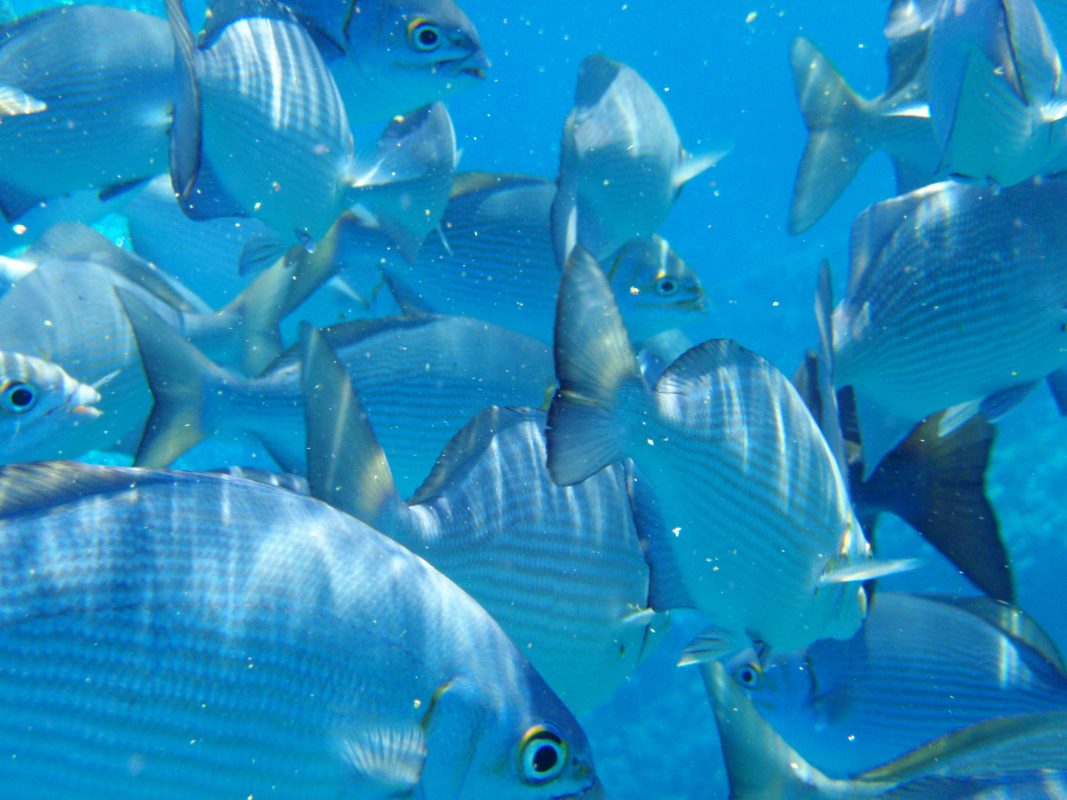With the ever growing pressures that are being put on the marine environment, Janez Potočnik Commissioner for Environment at the European Commission discusses the proposed solutions.
Europe’s growth potential – and countless European livelihoods – are heavily dependent on the proper functioning of marine ecosystems. We have every interest in using these resources carefully and efficiently, in ways that safeguard them for future generations. But we can’t do that effectively until we recognise and address the growing pressures that we are exerting on the marine environment today.
EU lawmakers have adopted new legislation on Maritime Spatial Planning. Competition for maritime space – for renewable energy equipment, aquaculture and other growth areas – has highlighted the need for more efficient management of such areas, to avoid potential conflict and create a stable environment attractive to investors. What we have proposed will make it easier for Member States to coordinate such activities and better manage environmental pressures from sea-based activities.
Maritime Spatial Planning is a cornerstone of the Commission’s Blue Growth strategy and of Integrated Maritime Policy. Clearer rules would boost sustainable maritime growth, while also contributing to a more efficient implementation of EU environmental legislation in marine and coastal waters. It should also help establish coherent networks of Marine Protected
Areas, for which cooperation on planning across borders is essential, and ensure the participation of all stakeholders in planning processes.
The EU’s marine areas exceed our total land mass. In fact, almost half of the EU’s population lives within 50 km of the sea, regularly using its resources. This number increases during holiday season. The seas are one of the planet’s common resources, so it makes sense to have shared legislation in this area. We already do, of course, in the form of the Marine Strategy Framework Directive, the EU’s flagship policy for marine protection. This ambitious legislation sets a target of “Good Environmental Status” for all of our marine waters, a target to be reached in just 6 years’ time. To achieve good status, we must ensure our waters are clean, healthy and productive, and that the way we use them today does not jeopardise their use by the generations to come.
There is much to be done. It is no secret that Europe’s seas are some way from good environmental status, and the latest reports from Member States make troubling reading.
Marine pollution has decreased in some places, but levels of nutrients and hazardous substances such as mercury still remain above safe levels. Damage to the sea-bed, from activities like bottom trawling, is extensive, particularly in the North Sea.
In the Mediterranean and the Black Sea, nearly 9 in every 10 species are still being overfished. Urgent action is required. If we wait too long, the greater the cost will be to our industry and we will endanger the livelihoods of the people who depend on fishing to put food on their table. Member States must deliver on their commitment in the reformed Common Fisheries Policy not to fish beyond the Maximum Sustainable Yield and to bring our fish stocks back within safe biological limits.
To tackle the eutrophication of our seas, we need to adopt a more integrated approach to the way we manage the fertilisers and other nutrients that are at the heart of the problem.
To combat marine litter, we must go to the source of the problem, and ensure that the materials that today end up as litter are instead pumped back into our economy as the raw materials for our products. That is why I am recommending to the Commission a headline target for marine litter reduction in the circular economy and waste package to be delivered this summer.
Closer European integration is a delicate subject, but when dealing with the common resource that is our seas, there is no doubt that Europe has everything to gain from a coherent, transnational approach. It has been said that we know more about the surface of Mars than we do about the deep sea. As Member States move into the next phase of the implementation of the Marine Directive, we must develop joint monitoring programmes and improve the comparability of the data Member States invest so much in generating.
That way we can also work towards a shared picture, an index of the state of our marine environment, which can tell us at a glance how far we are from genuinely healthy seas.
To date, EU Member States have set fragmented, and at times contradictory, ambitions for the marine environment. We need to align our aims if we are to achieve coordinated and adequate actions to address the key marine issues we are facing today: whether overfishing, eutrophication or marine litter.
There are global aspects too that cannot be neglected. At the United Nations’ Rio+20 Conference in 2012, the EU played an important role in stepping up international marine cooperation, as outlined in the ambitious oceans chapter in the conference conclusions. A range of commitments was agreed, from reducing marine litter, curbing overfishing, mitigating sea-level rise and coastal erosion and combating ocean acidification. We are now working through the UN processes to turn these commitments into action, and to ensure that marine protection has a prominent place in the Sustainable Development Goals – the key headline targets which the international community is developing for beyond 2015.
Solving these problems is ultimately a question of political will. In March this year, marine stakeholders from all over Europe put out a declaration 1 urging policymakers to address these maritime questions as a matter of urgency, and to turn words into actions to preserve our seas. I hope they pick up that challenge.
1 http://ec.europa.eu/environment/marine/hopeconference/pdf/HOPE%20Conference%20Declaration.pdf
Janez Potočnik
European Commissioner for Environment
European Commission











